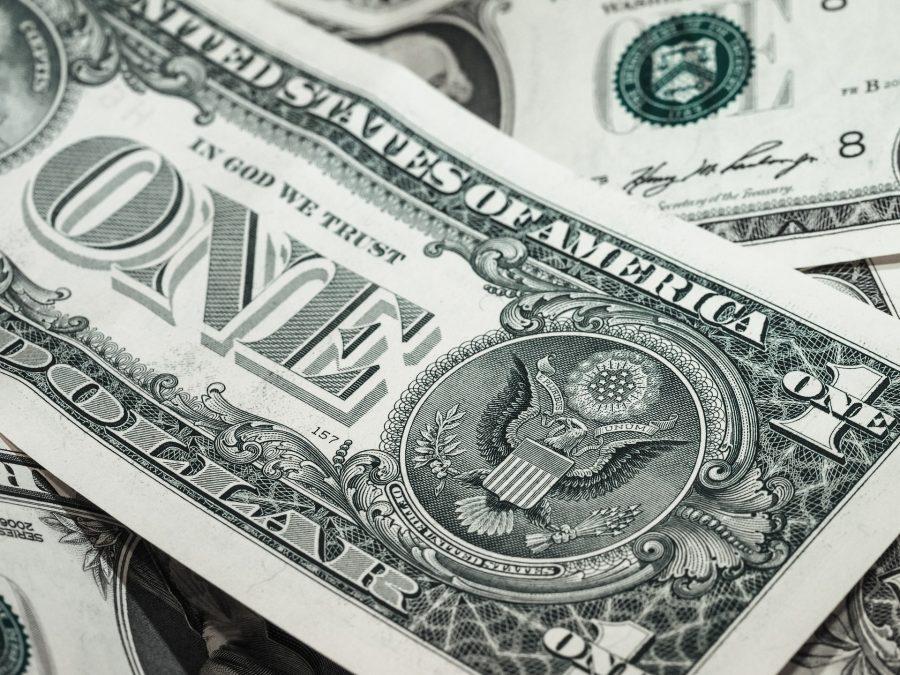States Raising Minimum Wage for the New Year
January 14, 2017
Nineteen American states are starting the new year by increasing minimum wage. Over 4.4 million workers are expecting raises in 2017.
Alaska, South Dakota, Ohio, Florida, Missouri, Montana, and New Jersey have increased wages based on the cost of living. The 2016 national average cost of living is predicted to increase by 0.3% for 2017. Arizona, Colorado, Washington, Arkansas, and Maine have increased minimum wages due to ballot initiatives approved by voters as of November 2016. Connecticut, California, Vermont, New York, Michigan, Massachusetts, and Hawaii are increasing wages simply due to previous legislation by state and local lawmakers. Three additional states, Oregon, Maryland, and Washington D.C, will raise their state minimum wages on July 1, 2017.
Although general federal minimum wage is not expected to change for the new year, wages are increasing for employees with federal contracts. The U.S. Department of Labor has enacted legislation requiring, as of January 1. 2017, that such employees be paid at least $10.20 per hour.
The concept of increasing minimum wage is not a novel one. Federal minimum wage (currently $7.25) has been increased by Congress 22 times since its installation in 1938. Even with these changes, thirty states have a state minimum wage set higher than the federal minimum wage.
The minimum wage, like most ideas, has its benefits and flaws. To the credit of progressives, the minimum wage does put more cash in workers’ pockets. In fact, workers have been earning more cash since the 1920s. However, why have standards of living declined? Why do many blue collar workers face unemployment? The answer is supply and demand.
Supply and demand both control everything that we buy. To explain this concept, we will give a scenario. Let’s say that there are forty people in a locked room and person A has the only candy bar in the room. The value of that candy bar would increase, even to twenty dollars! However, if a vending machine was to become available, person A’s candy bar would become nearly worthless. As you can see, depending on the supply of a product and its demand, the price dramatically changes.
Let’s extend this even further. If nobody had twenty dollars to buy person A’s candy bar, then would he just let it melt? NO! He would lower the price so that people could buy the candy bar. This occurs, in the free market, as well. This concept, according to many conservatives, is very simple. Wages go up, prices up. Wages go down, prices go down. In fact, there are numerous studies that have shown that the value of the minimum wage has gone down, as the wage increased. This explains why many factory workers faced hard times and economic problems: the dramatic increase in the minimum wage.
To wrap it all up, as states are increasing the minimum wage, we must consider what the value of that wage really is. Will it go down, as before? Or will the value increase? That is for time to decide.



